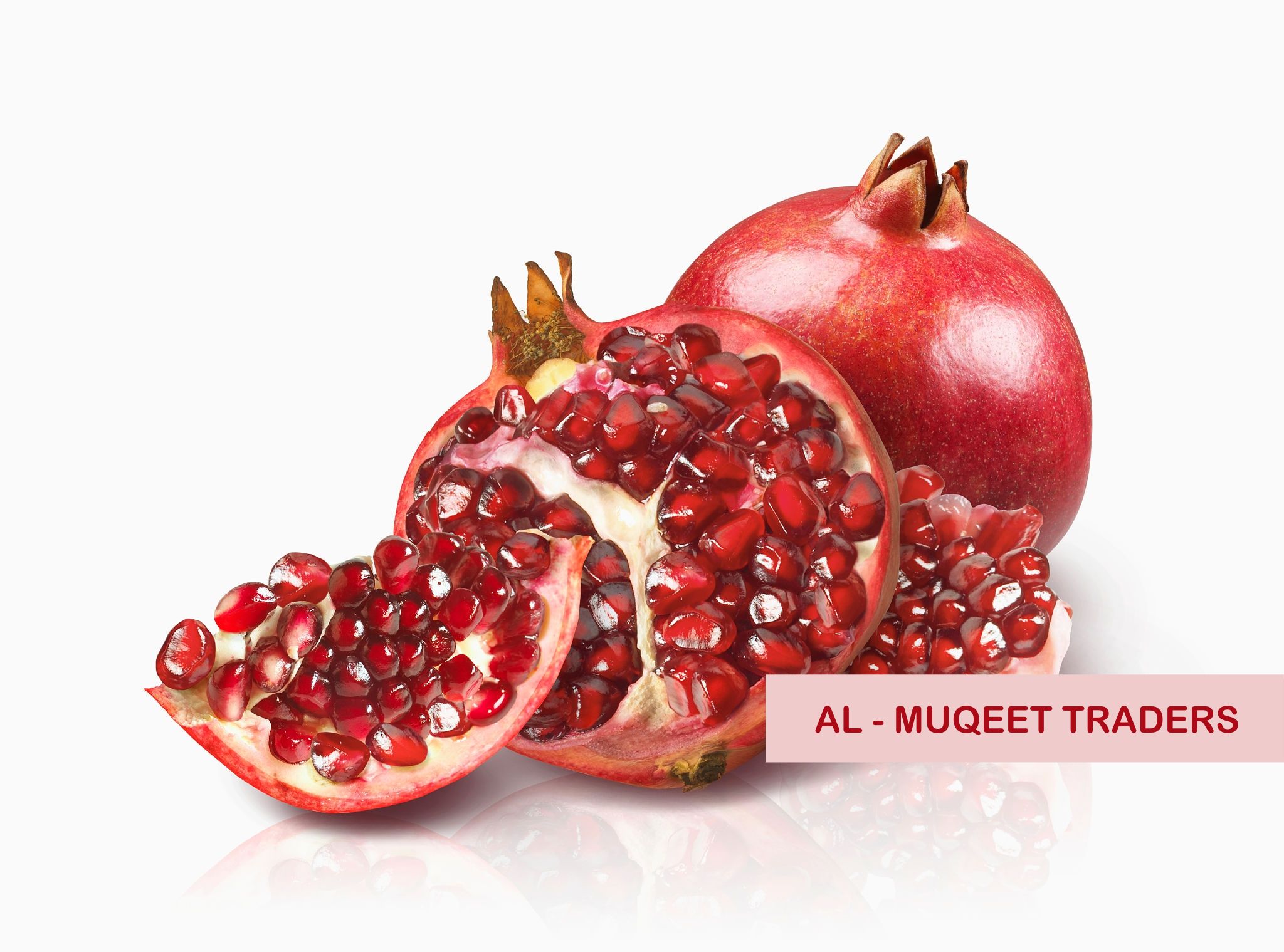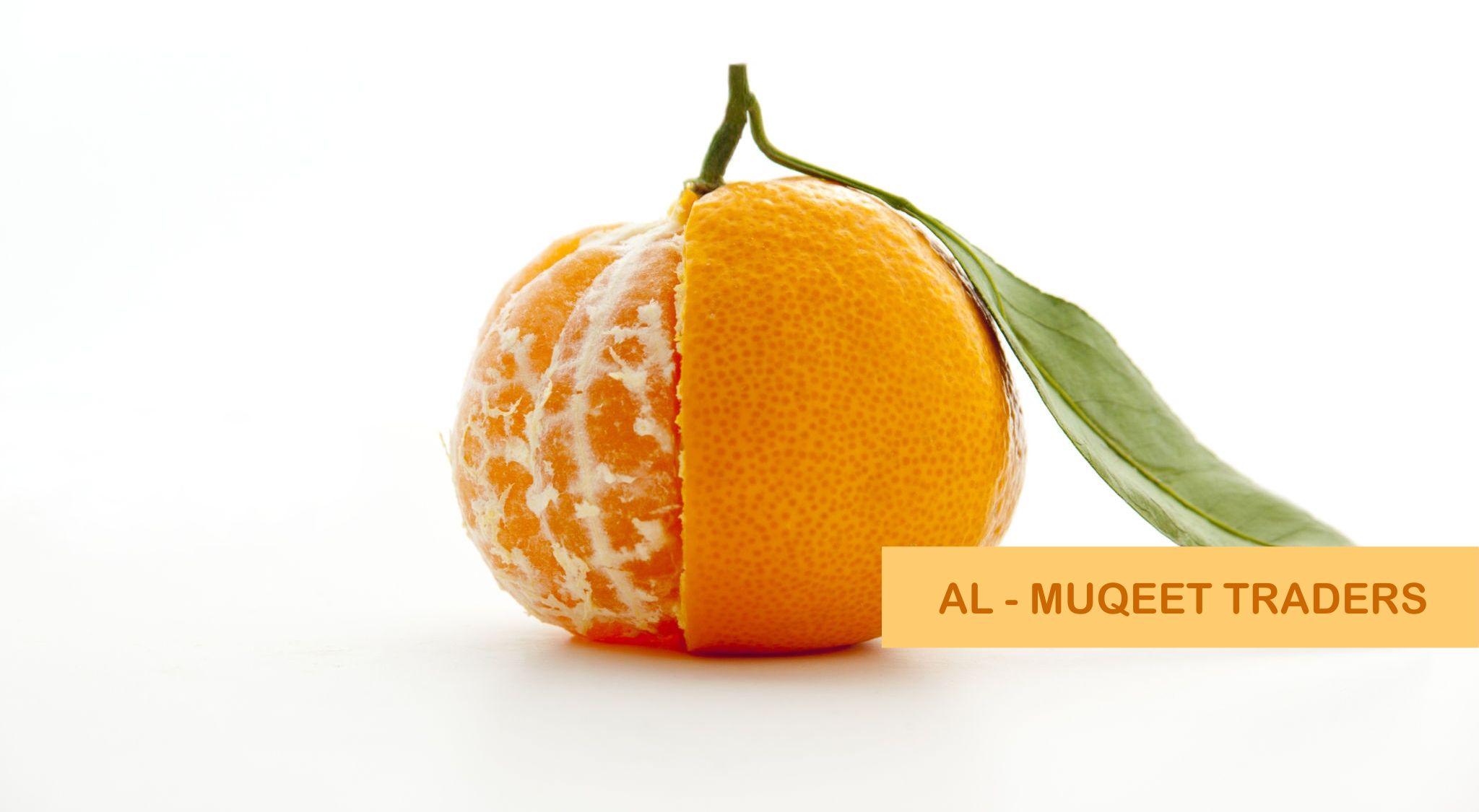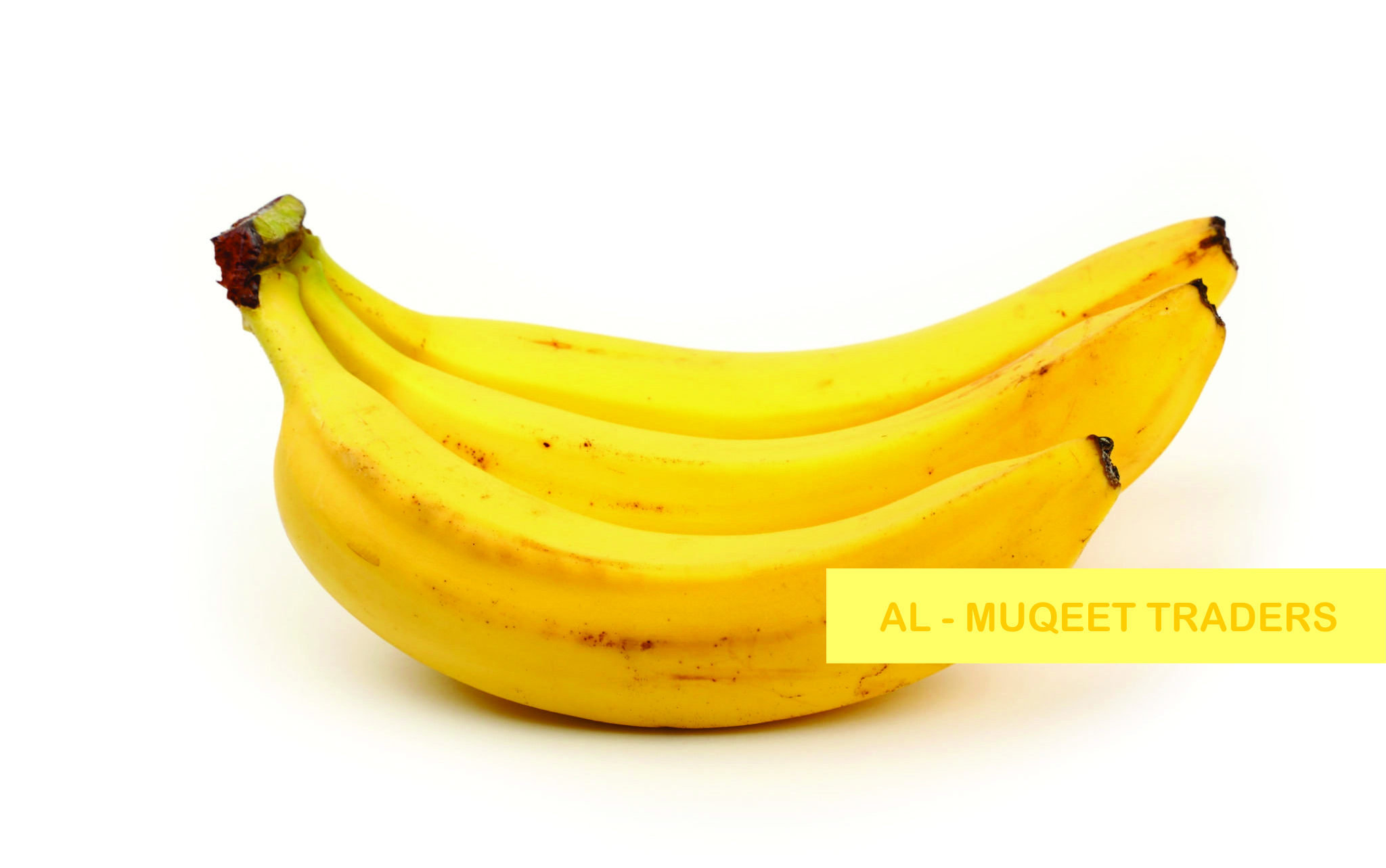

India is the largest producer of mangoes in the world. Indian varieties of mango are very much famous in the world and known for its sweetness, richness and unique flavor. Indian mangoes come in various shapes, sizes and colours with a wide variety of flavor, aroma and taste. The Indian mango is the special product that substantiates the high standards of quality and bountiful of nutrients packed in it. Sweet fruits like mangoes can have a lot of sugar. But fruit sugar is different from processed sugar because it’s balanced out by fiber and a host of nutrients for the body. For maintaining highest quality standards, State-of-the-art pack houses have been set up by Indian government in major production zones. Keeping in view the different country requirements, internationally recognized treatment facilities like Hot water treatment, Vapor heat treatment and Irradiation facilities have also been set up at various locations across the production belt.

A grape is a fruit, Grapes can be eaten fresh, or they can be used for making jam, grape juice, jelly, grape seed extract, raisins, vinegar, and grape seed oil. Grapes are a non-climacteric type of fruit, generally occurring in clusters. Indian grapes come in varied characteristics namely coloured, white, seeded, unseeded, large and small berries. Grape is grown under a variety of soil and climatic conditions in three distinct agro-climatic zones, namely, sub-tropical, hot tropical and mild tropical climatic regions in India. The best season for planting the rooted cuttings of cultivated varieties in the main field is September-October whereas for rootstocks it is February-March. Raw grapes are 81% water, 18% carbohydrates, 1% protein, and have negligible fat . A 100 grams reference amount of raw grapes supplies 69 calories and a moderate amount of vitamin K (14% of the Daily Value), with no other micronutrients in significant content. Modern pack house facility with automatic forced air system for precooling is available by Indian Government in all the commercial production areas. Traceability system is maintained for the product tracking. Extensive Residue Monitoring plan for monitoring the pesticide residues in grapes is implemented for consumer safety.

Pomegranates are classified as a super fruit. India is one of the largest producers of pomegranate in the world. Pomegranate is one of the commercially important fruit crops of India. Pomegranate is produced throughout the year in India, however, the peak season is from February to May. Pomegranates do not contain cholesterol or saturated fats. Maharashtra is India’s major pomegranate producing state, accounting for approximately 66% of total pomegranate production. India grows six commercial varieties of pomegranate which is Ganesh, Mridula, Arakta, Ruby, Phule Bhagwa, and Phule Bhagwa Super. Being home to the finest varieties of pomegranate, the fruits have soft seeds with fewer acids. You can even eat those seeds. In fact, the fruit quality is much superior to those grown in Spain and Iran inedible quality and attractiveness, we believe they are the sweetest pomegranate in the market. Pomegranates is consumed fresh or in the form of juice, jam, squash and syrup. Among all forms, canned slices and juice are in much demand in India, constituting about 70% of the production.

The orange is a fruit from the sweet oranges group of Citrus family and one of the most important agricultural product in India, especially Nagpur and Coorg. Sweet oranges are hybrid between pomelo and mandarin. India is the third largest producer of orange in the world, behind Brazil and China. Orange is rich in vitamin C, A, B and phosphorus. Orange is consumed fresh or in the form of juice, jam, squash and syrup. It is the main source of peel oil, citric acid and cosmetics which have international market value.

Papaya is a tropical fruit having commercial importance because of its high nutritive and medicinal value. The papaya is a source of iron and calcium a good source of vitamins A, B and Riboflavin and an excellent source of vitamin C. Papaya is used to make fruit salads, refreshing drinks, jam, jelly, chewing gum, cosmetics, and candies. Green fruits are cooked as vegetable and are also used in the preparation of tutti-frutti. It is also used in pharmaceutical industries, textile and garment cleaning paper and adhesive manufacture, sewage disposal etc. Papaya is planted during spring (February-March), monsoon (June-July) and autumn (October-November) Its powerful antioxidants like lycopene may reduce your risk of many diseases — especially ones that tend to come with age, such as heart disease and cancer. It may also defend against the visible signs of aging, helping your skin remain smooth and youthful. Try adding this healthy and delicious Papaya fruit to your diet today.

Banana is one of the healthiest fruits on earth and for this reason is popular worldwide. In India, it is the second important fruit crop after mango. Banana is available throughout the year, is affordable, nutritious, tasty and also has medicinal value, which makes it one of the most demanding fruit. It also has also good export potential. There are more than 300 varieties of bananas all across the world. However, in India only 15 to 20 varieties are predominantly used for farming. The green banana used widely for cooking called as Plantains and the ripened bananas are considered as fruit which can be easily eaten. The raw banana including the outer skin has a water content in abundant of 75% along with Carbohydrates of 23% and Protein of 1%. The essential minerals are Potassium of 3% and manganese of 13%. The edible banana which is seedless is classified into two main species called Musa acuminate and Musa balbisiana.